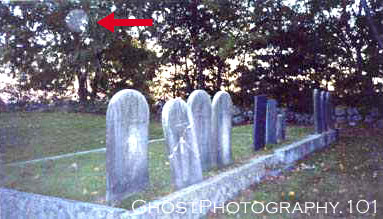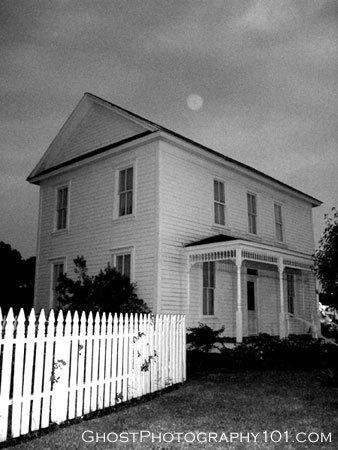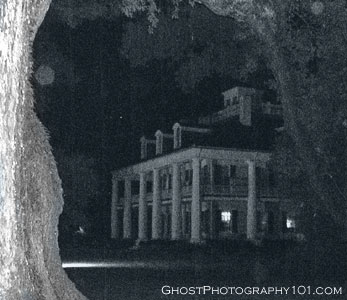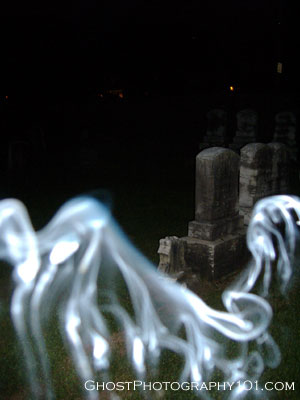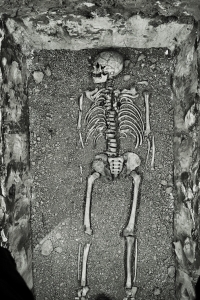 Experienced ghost hunters routinely check the history of the areas where they’re investigating.
Experienced ghost hunters routinely check the history of the areas where they’re investigating.
That’s especially true when a new house seems to be haunted.
Then, we want to know what was there before the house was built.
(For example, the Amityville Horror house isn’t a very old house. Its ghostly reports began in the 20th century.)
Explaining recent haunts in America
In the Americas, we look for really early history, usually Native, early Colonial, battleground, or pioneer records.
If the American haunted site is on or near a hill, its history is likely to include a Native community or a burial ground.
Or, we may find that an early American fort or outpost was there. Its history may include incidents of broad-scale violence at or near the site.
Digging for ancient history in the UK and Ireland
In the UK and Ireland, the history of haunted location may be surprising, as well.
For example…
The Falstaff’s Experience at Tudor World – one of England’s most haunted sites, and the strangest I’ve investigated in the UK – is in a building with a colorful history involving blood, death, and more than one tragedy that spread across England.
However, the land beneath it (and nearby) has an even older history, with additional reasons why Falstaff’s is home to myriad phenomena.
(If you think Stratford-upon-Avon’s ghosts are only related to Shakespeare… you haven’t visited the Falstaff’s Experience after dark.)
For serious ghost hunters, urban legends aren’t enough
Until recently, many of us struggled to find documentation suggesting a haunted history.
Professional researchers like me want solid, factual information.
That’s where archaeology enters the ghost hunting picture.
John Sabol, a professional archaeologist, and Mary Becker impressed me with their startling results in ghost excavation research.
However, many of us don’t have the advantages of a degree in archaeology, as John has.
We need access to archaeological information… at least enough to give us a guess as to what might have been at the location, and what we can rule out.
The tDAR
So, the Digital Archaeological Record (tDAR) can be among ghost hunters’ most useful resources.
Warning: If academic research puts you to sleep, that website may disappoint you. For the rest of us – an admittedly small group – it’ll make your pulse race.
At tDAR…
- You can search for the history of your target location and its surroundings.
- At a glance, you can see what time periods have been explored with archaeological digs, what they were looking for and what they found.
- Maps can show you whether the reference is related to your location or not.
- And, you can focus your database search with exact GPS coordinates.
Though the actual records may not be at the tDAR site, you’ll know exactly what to look for at public and university libraries. In many cases, those libraries have online catalogues, with notations about whether that book or report is in the library, or if it’s been checked out.
Thus is a huge step forward for serious ghost investigators.
Over 30 years ago, when I began my paranormal investigations, I was excited when I noted an odd noise or something weird in a photo.
Today, before I even visit a site, I usually spend a full day with databases and maps. And, with additional time and resources, I’ll study old newspapers, maps, and dusty history books.
Stories and weird, spectral encounters aren’t enough for me.
tDAR is the kind of tool you can use to delve deeply into paranormal research.
As ghost hunters, we need historical resources that take our reports beyond “well, it might be….” to “here’s solid evidence to explain the history of what’s going on here.”
Is the tDAR right for you?
The majority of ghost hunters investigate to confirm activity at a site.
Many homeowners only need to hear, “No, you’re not imagining things. Strange things really are going on, here.”
They’re happy to hear that, and the research team has enough other cases to deal with. We don’t always have the time (or interest) to dig deeply into why the house is haunted.
So, if the homeowner says something about someone dying there, a century ago, or a cemetery that used to be across the street… that may be good enough. You don’t need to conduct more research at or about that site.
On the other hand, if you want far more from ghost hunting and paranormal research, tDAR may be the academic and historical tool you need.
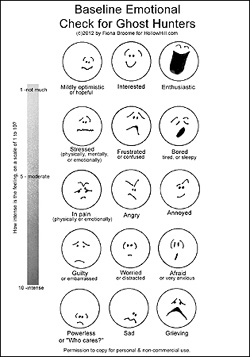 Let’s say you’re ghost hunting.
Let’s say you’re ghost hunting.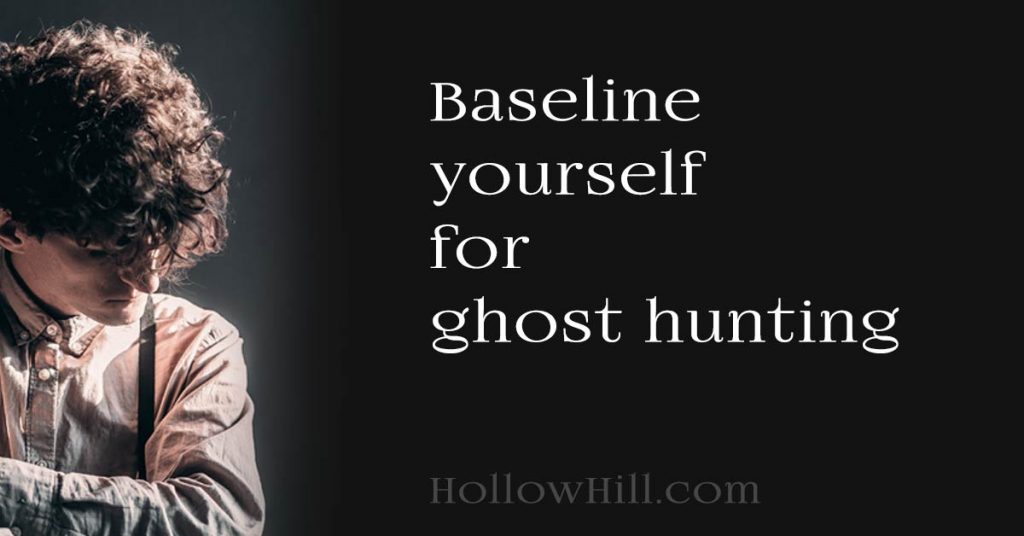

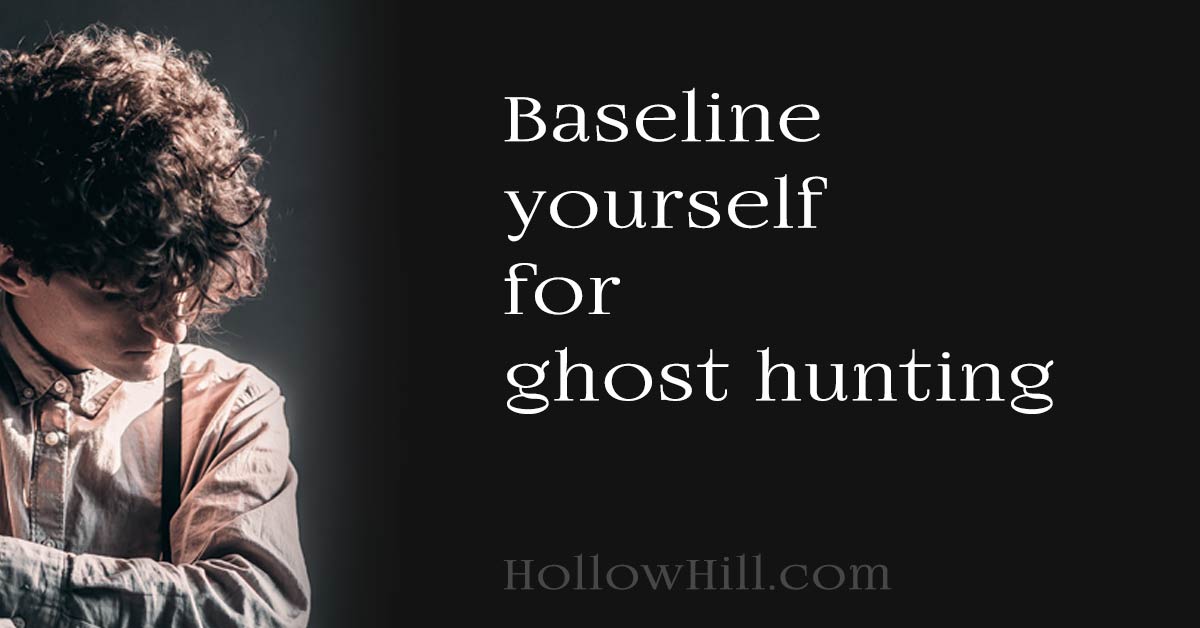
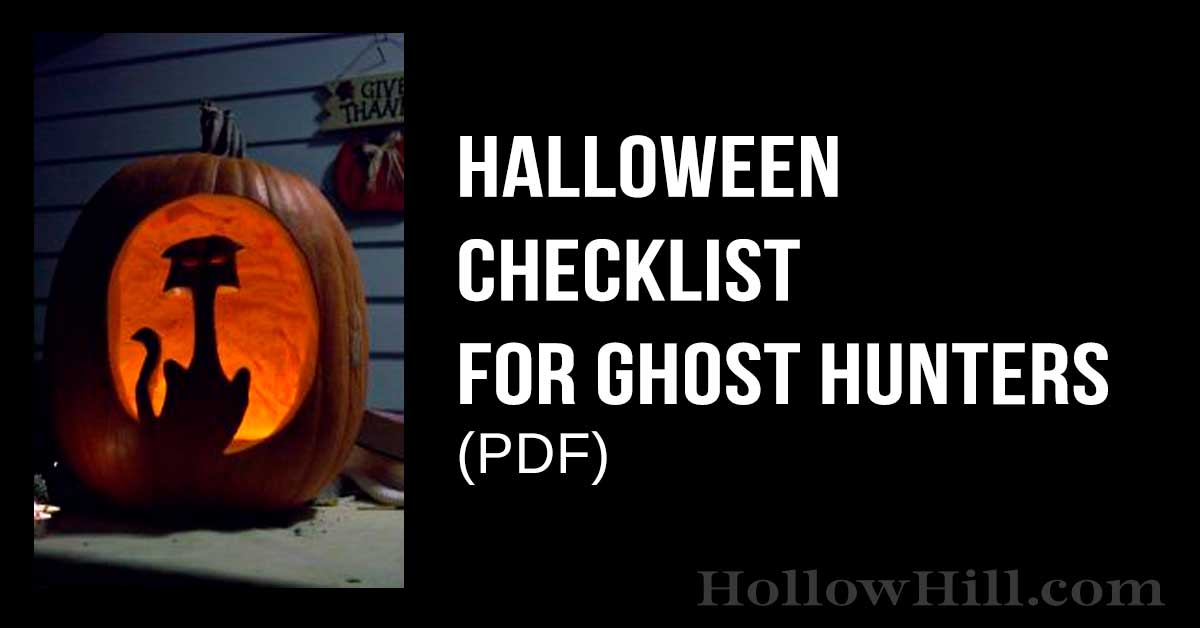
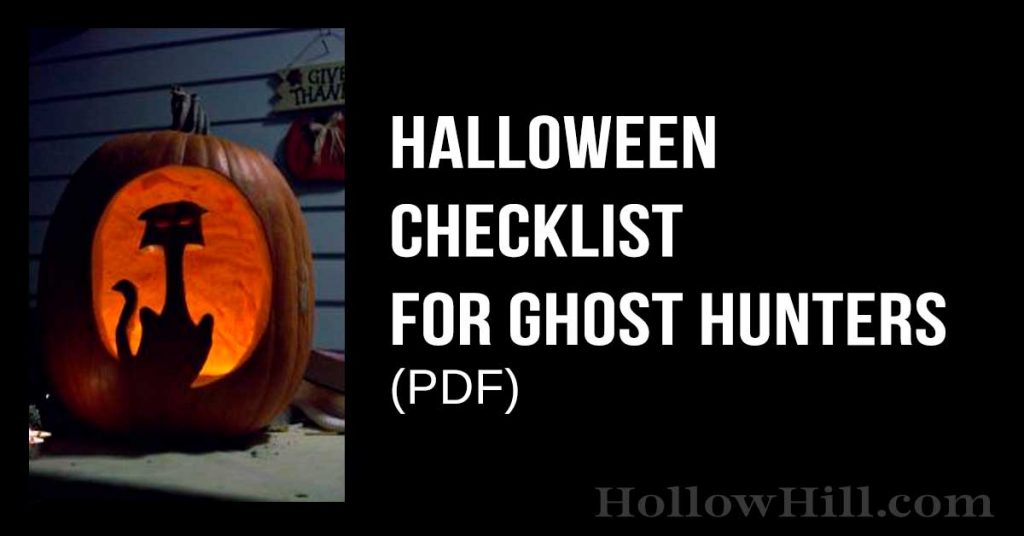 Halloween can be a whirlwind for many ghost hunters. Events, parties, investigations… and then the big night itself. Are you ready?
Halloween can be a whirlwind for many ghost hunters. Events, parties, investigations… and then the big night itself. Are you ready?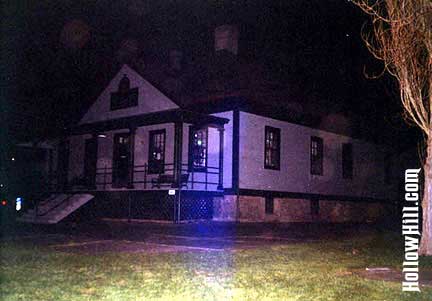
 Experienced ghost hunters routinely check the history of the areas where they’re investigating.
Experienced ghost hunters routinely check the history of the areas where they’re investigating.